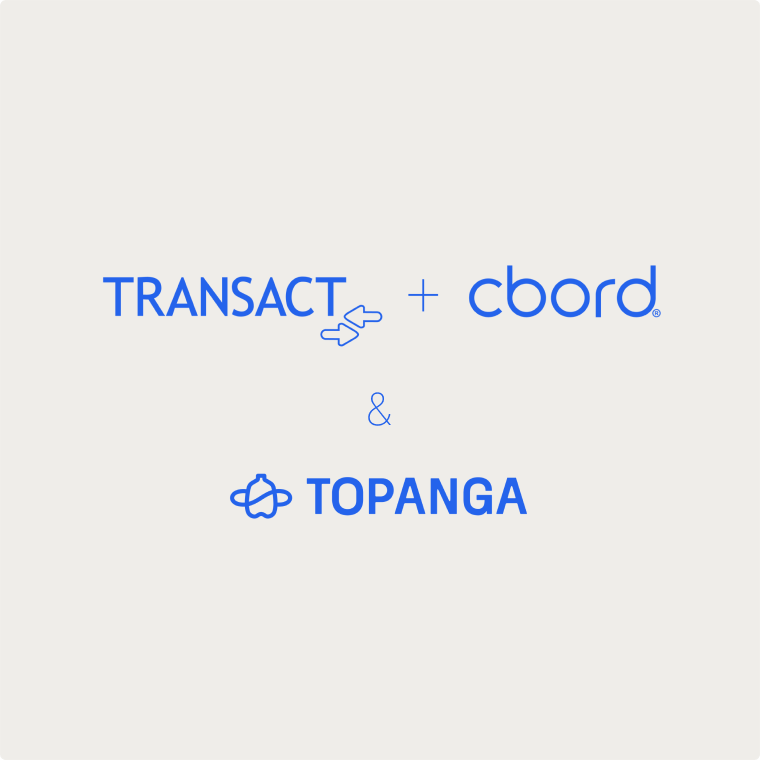
Making the Switch: Why Reusables Programs Are the Future of Campus Dining
Making reusables work at scale requires more than good intentions. It requires smart infrastructure—especially when it comes to reusable container tracking and program management. Together, let's explore this.

Across the country, municipalities1, universities and senior living communities are rethinking how meals are served—and how containers are used. With rising packaging costs, increasing student demand for sustainability, and regulatory pressure mounting, it’s no surprise that reusable container programs are gaining traction.
But making reusables work at scale requires more than good intentions. It requires smart infrastructure—especially when it comes to reusable container tracking and program management.
Let’s explore what’s driving this shift, how modern programs work, and why the campuses that make the switch now are positioned to lead on sustainability, cost savings, and user experience.
Why Sustainability Is Now a Campus Standard
Students, staff, and residents aren’t just asking for greener options—they’re expecting them. A recent NACUFS2 report found that 74% of college students rank sustainability as important or very important in foodservice operations. And with new laws banning single-use packaging in cities and states from California to New York, the pressure is no longer just social—it's regulatory.
Meanwhile, compostable containers are no longer the easy answer. Many communities lack industrial composting access, and compostables still carry steep costs and often limited functionality.
That’s why more institutions are turning to reusables—and why the next generation of programs is powered by software.
How Reusable Container Programs Work
At their core, reusable container programs replace single-use packaging with durable containers that are returned, sanitized, and reused. The basic flow:
- A diner checks out a container—often tied to their ID or student account
- They return it to a drop location after use
- The system tracks and manages return compliance, cleaning, and redistribution
But here’s the key: the success of the program depends on ease and accountability. That’s where reusable container tracking and tech-forward systems come in.
The Power of Reusable Container Tracking
Old-school reusables programs relied on clunky punch cards or “honor systems.” Unsurprisingly, return rates and adoption were inconsistent.
Today, platforms like Topanga’s ReusePass leverage reusable container tracking software to:
- Tie container use to individual users
- Send automated reminders to return containers
- Provide real-time usage and return data to operators
- Track environmental impact metrics
- Incentivize participation through gamification or rewards
This is what turns a sustainability initiative into a scalable system—and what separates short-lived pilots from long-term success.
Real Results from ReusePass Campuses
At campuses using Topanga’s ReusePass platform, we’ve seen:
- Return rates consistently over 96%
- Lower packaging costs compared to compostables or disposables
- High student satisfaction thanks to easy, tech-enabled workflows
- Increased participation and diner sentiment when operators gamify and promote impact metrics
As one sustainability director put it, “ReusePass is the first program that’s actually made reusables easy for our team and for students.” Check out our latest case studies here.
Reusables in Senior Living: A New Frontier
While colleges are leading the charge, reusables management is also expanding into senior living. Operators are looking to:
- Reduce waste from grab-and-go and room-service programs
- Improve the dining experience without increasing costs
- Meet internal sustainability goals with measurable metrics
And with simple, user-friendly interfaces, residents are adopting these programs more easily than many expected. A recent EPA case study3 on senior living food waste reduction highlighted how even small changes in packaging and service models can make a big environmental and financial impact.
Why Now Is the Moment to Switch
Single-use packaging costs are rising. Compostables are no longer the catch-all solution. And students and residents want to see that their institutions are walking the talk on sustainability.
Modern reusables management tools eliminate the operational headaches of traditional programs and replace them with real-time visibility, automated tracking, and measurable ROI.
Institutions that make the switch now benefit from:
- Early-mover brand credibility
- Cost savings on disposables
- Streamlined reporting for internal and external stakeholders
- A better experience for students, staff, and residents alike
What to Look For in a Reusables Program
Not all reusables solutions are created equal. When evaluating vendors or tools, make sure they offer:
- Seamless container tracking tied to users
- Flexible return infrastructure and support
- Real-time program data and impact metrics
- Customization for your dining workflows and population
The goal is simple: make it easy for users to participate, and easy for operators to manage.
Final Takeaway
Reusable containers aren’t just a trend—they’re the future of campus and senior living dining. When paired with the right tech, a reusable container program becomes more than a green initiative. It becomes a smart, scalable, cost-saving strategy.
Ready to launch or scale your reusables program? Talk to our team about ReusePass and how we can support your campus or community.
.svg)


